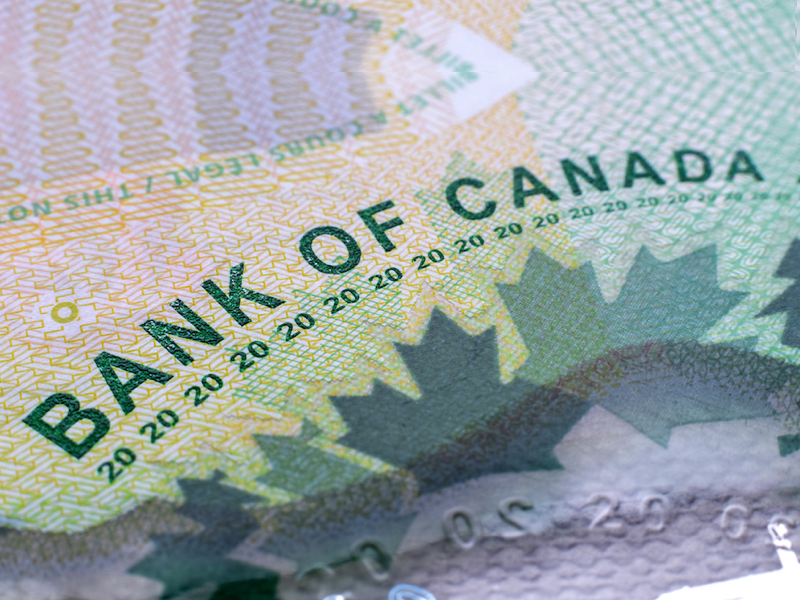
Geopolitical risk is the top threat to Canadian economic growth in 2025, according to the Bank of Canada’s Q4 2024 Market Participants Survey. Half of the 28 industry participants surveyed included that on their list of the year’s three biggest downside risks. Forty-three per cent said fiscal tightening.
The No. 1 upside risk to growth forecasts — among 82% of respondents — is a stronger housing market. Fifty-four per cent said looser monetary policy.
The median expectation for real GDP growth is 1.8% this year, and 1.9% in 2026. A plurality of respondents forecast a range of 1.01%–2% real GDP growth this year and next — 41.4% and 40.2%, respectively.
The national economy’s current GDP is underperforming, relative to its potential, according to 85.1% of respondents. None of the market participants said they believe Canada is outperforming.
There is a 25% chance of recession in the first half of this year, according to the median responses. That grows to a 30% chance in the second half of 2025 and first half of 2026, and declines to a 25% chance in next year’s second half.
Inflation is expected to remain at 2% this year, next year and in the five years ahead, according to the median response. The Bank of Canada will cut its policy interest rates by 25 basis points twice this year, ending 2025 at 2.5%, again according to the median response.
The survey was conducted between Dec. 17, 2024 and Jan. 6, 2025, before U.S. President Donald Trump signed executive orders that will place a 25% tariff on aluminum and steel imports to the U.S., and suggested there may be additional tariffs on energy imports and other Canadian imports.